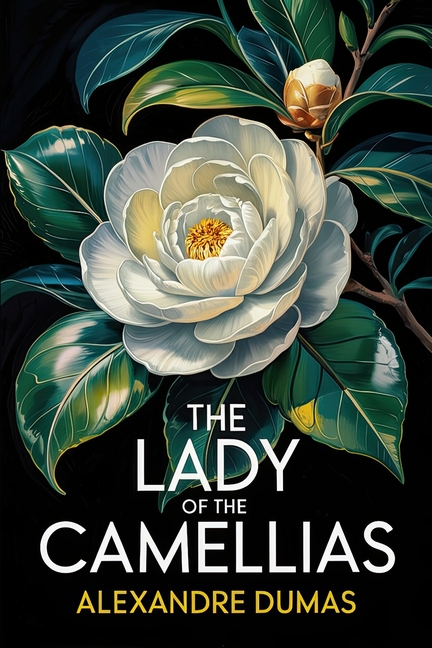Description
A love story that scandalized Paris and inspired one of opera's greatest masterpieces
When Armand Duval first glimpses Marguerite Gautier at the theater, he is instantly captivated by the beautiful courtesan known throughout Paris as the Lady of the Camellias. She wears white camellias in her hair-a symbol that will come to represent both her profession and her hidden purity.
What begins as infatuation becomes an all-consuming passion when Marguerite, touched by Armand's devotion, abandons her luxurious life for a simple cottage in the countryside. For the first time, she experiences true love-and discovers she would sacrifice everything for it.
But their happiness cannot last. When Armand's father arrives with a devastating request, Marguerite faces an impossible choice: destroy the man she loves to save him, or watch his future crumble beneath the weight of their forbidden romance.
The heartbreaking masterpiece that changed literature forever
Alexandre Dumas fils drew from his own tragic affair with celebrated courtesan Marie Duplessis to create this revolutionary novel. Published in 1848, La Dame aux Camélias shocked readers by daring to humanize a fallen woman-showing that beneath society's judgment lay a heart capable of the most profound sacrifice.
This timeless story explores:
- Forbidden love that transcends social boundaries
- The price of redemption in a judgmental world
- A woman's ultimate sacrifice for the man she loves
- Family duty versus personal desire
- The possibility of moral transformation
The inspiration behind Verdi's La Traviata and countless adaptations
From opera houses to Broadway stages, Marguerite's story has moved audiences for over 175 years. This new translation captures Dumas's elegant prose and emotional intensity while making this classic accessible to contemporary readers.
"I'm not the apostle of vice, but I'll make myself the echo of noble misfortune wherever I hear it pray." -Alexandre Dumas fils
Experience the love story that proved even the most fallen can rise through love
Perfect for readers who love classic romance, literary fiction, and stories of redemption. If you were moved by Anna Karenina, Madame Bovary, or The Age of Innocence, you'll be captivated by this passionate tale of love, sacrifice, and the human capacity for transformation.
Content note: This novel deals with mature themes including terminal illness and social prejudice appropriate to its 19th-century setting.
Product Details
- Jun 22, 2025 Pub Date:
- 9798289183774 ISBN-10:
- 9798289183774 ISBN-13:
- English Language




